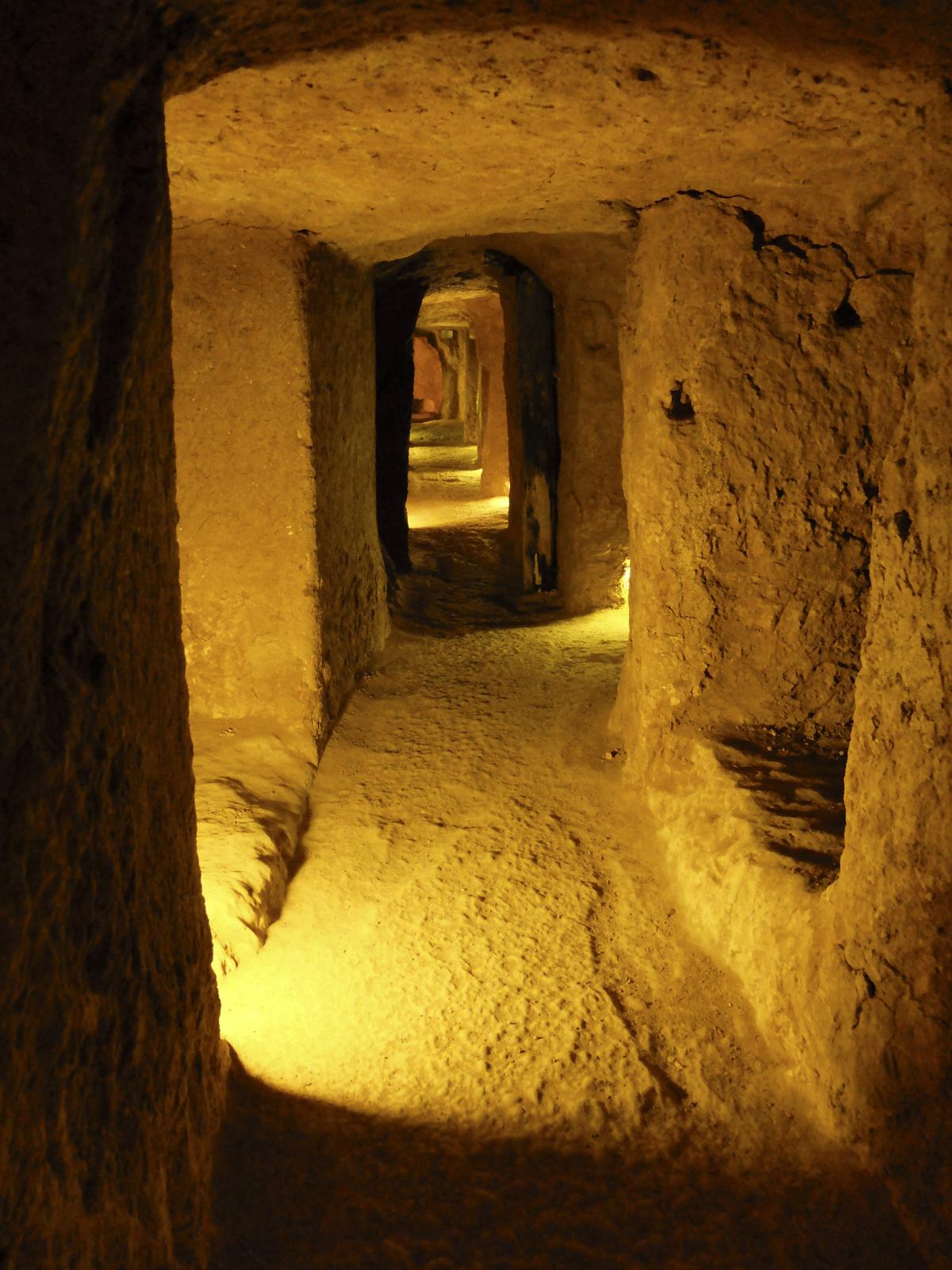Located in central Iran, Nushabad Underground City, known locally as Ouyi, offers a fascinating glimpse into ancient engineering. This subterranean city dates back to the Sassanian era and remained in use until the Pahlavi dynasty. With its intricate network of tunnels lying up to 18 meters below ground level, Nushabad provided residents with a refuge from the harsh desert climate and invading forces. Remarkably, the city encompasses residential areas, corridors, chambers, and water channels, showcasing sophisticated urban planning and sustainable living practices from bygone centuries. This heritage site is not only a testament to human resilience but also acts as a window into the past, allowing visitors to walk through history.
Pahlavi dynasty
The Pahlavi dynasty, marking a significant era in the history of Iran, spanned from 1925 to 1979. It was established by Reza Shah Pahlavi, following the overthrow of the Qajar dynasty. This period was characterized by significant modernization and secularization efforts, alongside a strong push towards centralization of power. The Pahlavi era was pivotal in shaping contemporary Iran, introducing reforms that touched upon every aspect of Iranian life, from the legal system and education to infrastructure and women’s rights.
Reza Shah’s reign (1925-1941) was marked by ambitious modernization projects, including the development of a national railway system, the establishment of a national education system, and the promotion of industrial growth. His policies aimed at reducing the influence of the clergy and traditional elites, which led to significant social and cultural shifts. However, his authoritarian approach and the suppression of political dissent garnered criticism and led to unrest.
During World War II, Reza Shah’s pro-German sympathies led to the Allied occupation of Iran in 1941, and he was subsequently forced to abdicate in favor of his son, Mohammad Reza Shah Pahlavi. The younger Shah’s rule was initially characterized by a continuation of his father’s modernization policies, but also by increasing political repression and reliance on the secret police, SAVAK, to maintain control.
The Pahlavi dynasty’s relationship with religion was complex. While promoting a secular state, the Shahs faced significant opposition from religious leaders and institutions. The White Revolution, a series of reforms launched by Mohammad Reza Shah in the 1960s, aimed at further modernizing Iran and redistributing land, but also provoked the ire of the clergy for its perceived attack on traditional values.
Social and daily life under the Pahlavi dynasty was marked by a stark contrast between urban and rural areas. Urban centers, especially Tehran, saw rapid modernization and westernization, with the emergence of a middle class and changes in lifestyle and dress. Rural areas, however, remained largely impoverished and underdeveloped, contributing to widespread dissatisfaction.
The Pahlavi dynasty’s downfall was precipitated by widespread social, political, and economic discontent. The Iranian Revolution of 1979, led by Ayatollah Khomeini, resulted in the overthrow of Mohammad Reza Shah and the establishment of the Islamic Republic of Iran. The revolution was the culmination of years of opposition to the Shah’s policies, his authoritarian rule, and the perceived erosion of Islamic values.
Throughout its existence, the Pahlavi dynasty was involved in several international conflicts and tensions, most notably with its neighbor Iraq and with various Western countries. The dynasty’s foreign policy was characterized by a close alliance with the United States, which provided military and economic support but also contributed to internal dissent and the perception of the Shah as a puppet of Western interests.
In conclusion, the Pahlavi dynasty was a period of significant transformation for Iran, marked by efforts to modernize and secularize the country, but also by authoritarian rule and political repression. The legacy of the Pahlavi era is complex, with its achievements in modernization and development weighed against the social and political costs of its policies.

